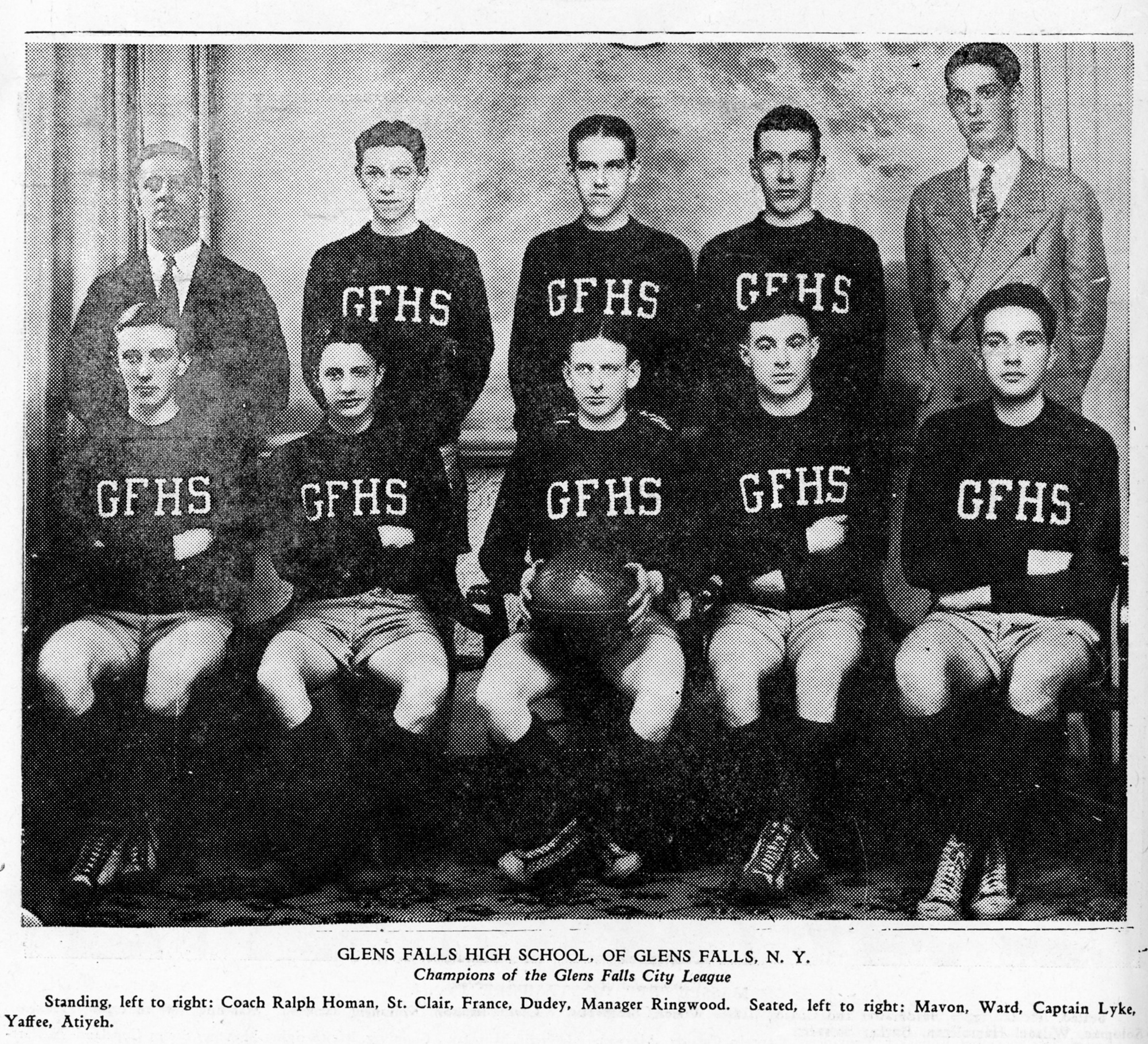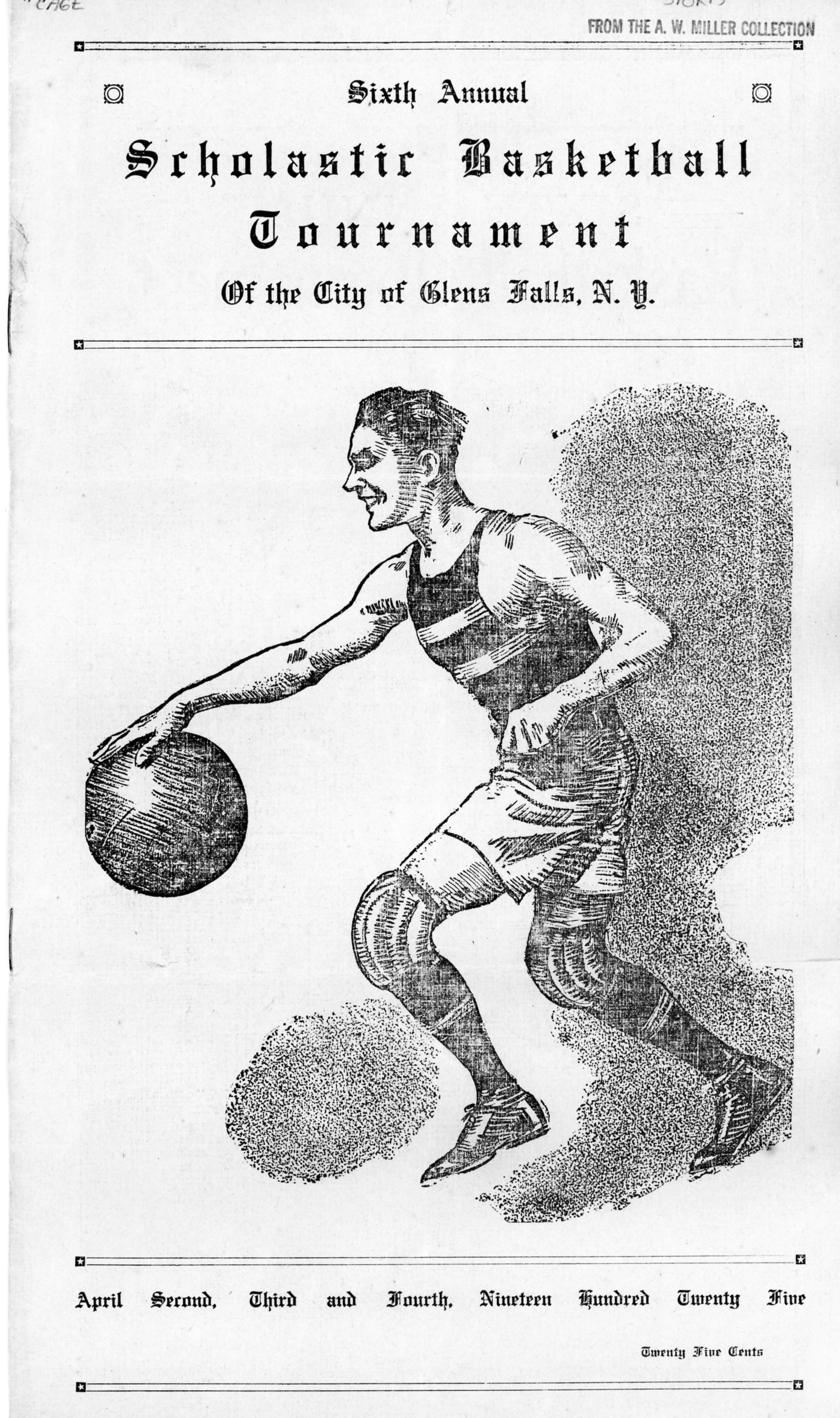The Morning Star newspaper offered Charles Cool a tongue-in-cheek greeting on April Fool’s Day 1908, the morning after Cool was elected the city’s first mayor, carrying four of the five voting wards.
“Good morning Mayor Cool,” the paper quipped. “The band didn’t play last night. Look out for the Jolly Joker today.”
More than a century later, the bands do play, and the sports teams too, in the downtown Glens Falls building that bears his name.
When Cool Insuring bought naming rights to the arena formerly known as Glens Falls Civic Center in 2017, it wasn’t just about brand awareness.
The company wanted to honor its founder, Charles Cool, a central figure in Glens Falls business, government and civic life.
“All of Mr. Cool’s seventy-four years were passed in Glens Falls, and his loyalty to the city was perhaps the primary form which animated his life,” The Post-Star reported on Sept. 26, 1932, two days after Cool died at his home at 50 Warren Street. “He could not keep it out of his conversation; he translated it into fruitful endeavor in public office and private business.”
Cool was born in Glens Falls on Aug. 19, 1858, the grandson of Keyes P. Cool, the first to manufacture and ship lime from Glens Falls.
Charles Cool co-founded the fire and casualty insurance agency that bears his name in 1879, and he was sole owner from 1887 on.
The agency originally was located in Glens Falls.
Around 1900 Cool established Union Telephone Co. to compete with New York Telephone Co. in Glens Falls, Hudson Falls, Fort Edward Lake George and Lake Luzerne.
Union Telephone later merged with Commercial Telephone of Troy to become Commercial Union Telephone Co., of which Cool was a director.
Cool served as Glens Falls village president in 1895, and was elected mayor twice, in 1908 and in 1922.
Cool was a member of the Committee of Ten that spearheaded Glens Falls becoming a city.
Gov. Charles Evans Hughes, a Glens Falls native, signed the city charter on March 13, 1908, and on March 31, Cool, a Republican, was elected the city’s first mayor, receiving about 53 percent of the vote.
Cool and others celebrated in June with an excursion to Lake George.
"Five automobiles, appropriately bedecked with flags and banners, left Glens Falls yesterday for Ripley's Point carrying twenty-five representative citizens of the new city," The Lake George Mirror reported on June 12, 1908. "The passengers were guests of Mayor C.W. Cool and spent a pleasurable afternoon at the Cool cottage where a picnic supper was served."
There did not seem to be an urgency to designate an office at City Hall for the new mayor, perhaps because Cool’s insurance office was on the same block of Ridge Street as City Hall, and he could get back and forth easily.
“A small room adjoining the city clerk’s office in the City Hall is being fitted up as an office for the mayor,” The Morning Star reported on July 18, 1908. “It is one of the smallest and stuffed rooms in the building, and with the mercury hovering around the 90 mark, Mayor Cool’s lot won’t be an enviable one.”
Traffic safety was among the issues Cool dealt with as mayor.
A headline in the Aug. 14, 1908, edition of The Daily Times of Glens Falls proclaimed, "Automobiles Planning Boycott of Glens Falls and Lake George."
The newspaper reported members of the Albany Automobile Club were upset about getting caught in speed traps in Glens Falls and elsewhere in Warren County during a recent weekend excursion.
"Returning through Glens Falls, I called attention to the existence of a speed trap of 15 miles per hour," J.C. Fitzgerald, chairman of the club's Committee on Speed Regulations, wrote in a letter that accompanied the article. "Notwithstanding the rate of speed of the car was reduced to 13 miles, we were stopped and charged with exceeding the legal limit."
Fitzgerald wrote that because of speed traps in Glens Falls and Lake George, "the pleasure of our trip was entirely destroyed."
The topic would continue to be an issue.
On April 14, 1909, the Board of Public Safety authorized Cool and a councilman to handle purchasing a motorcycle for the city Police Department to use to enforce the city’s 10 mph speed limit.
“The speeding of cars has become a menace to the public,” The Morning Star reported. “In the crowded sections of the city pedestrians are almost afraid to cross the streets for fear of being run down by passing autos, which in many cases are running far in excess of the speed limit.”
A year into Cool’s term, the mayor was praised because the new city government cost less to operate than the former village government cost in the previous year.
“Every citizen of Glens Falls should take his hat off to Mayor Cool today,” The Morning Star editorialized on March 17, 1909.
More information about Charles Cool and Glens Falls government during his lifetime can be found in the four-volume Charles Cool Scrapbooks, which can be viewed at The Folklife Center at Crandall Public Library.
—————
P.S. Check out more from our Back in the Day series here.
Maury Thompson was a reporter for The Post-Star for 21 years before he retired in 2017. He now is a freelance writer and documentary film producer specializing in regional history. Thompson is collaborating with Snarky Aardvark Films to produce a documentary about Charles Evans Hughes and the Adirondacks, which is expected to release in September 2020. See the trailer here.




































































